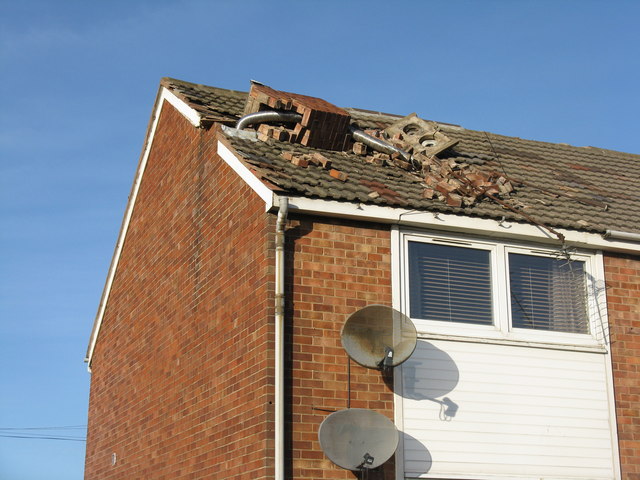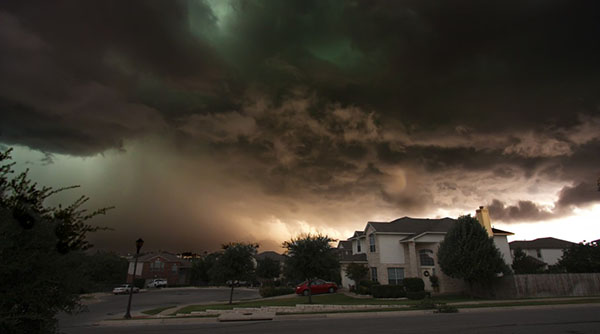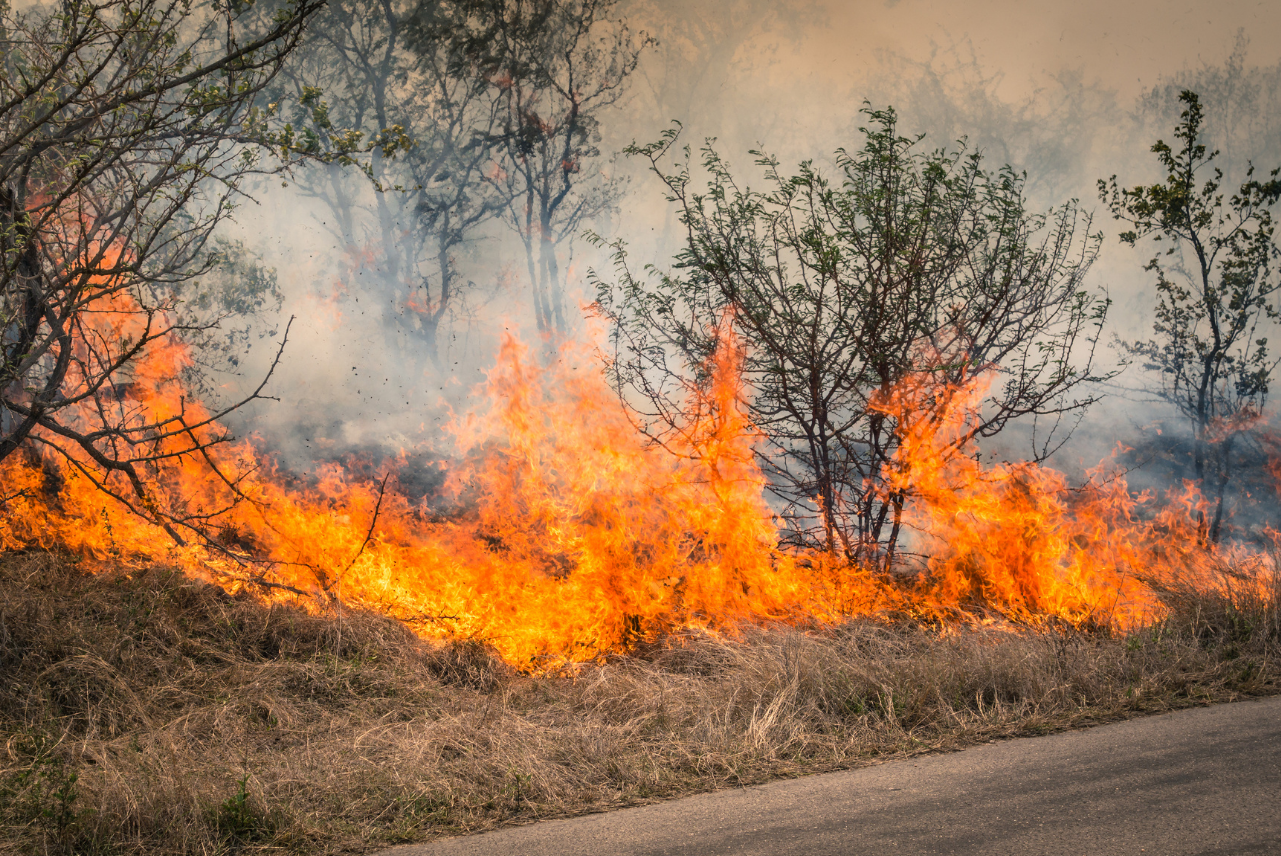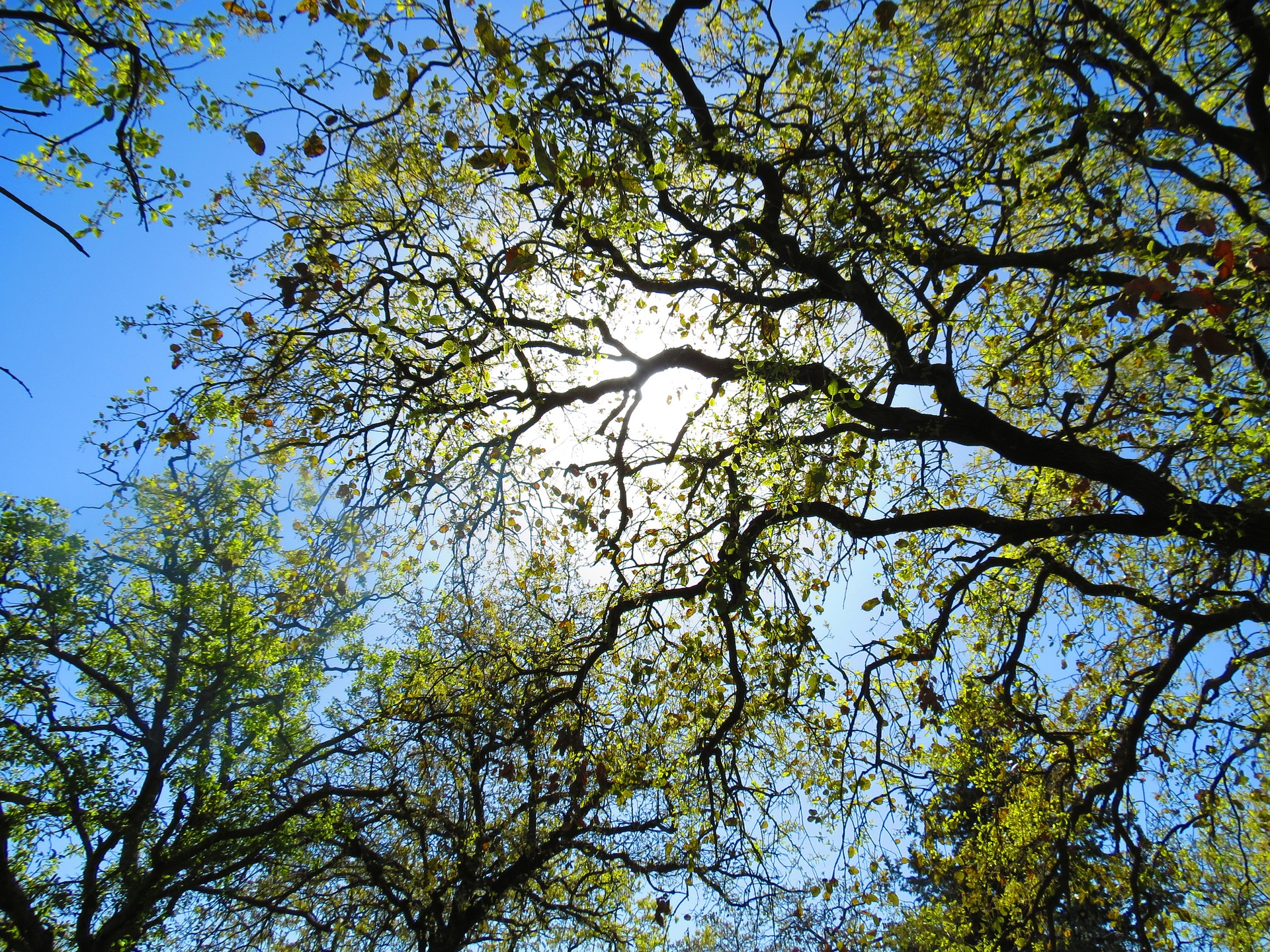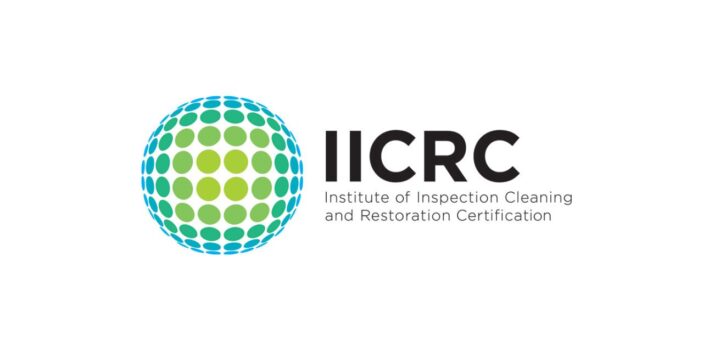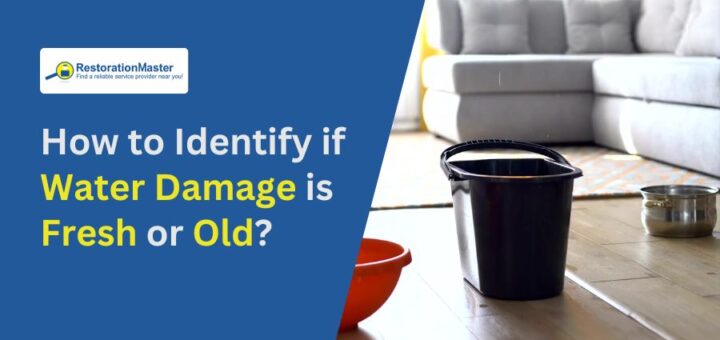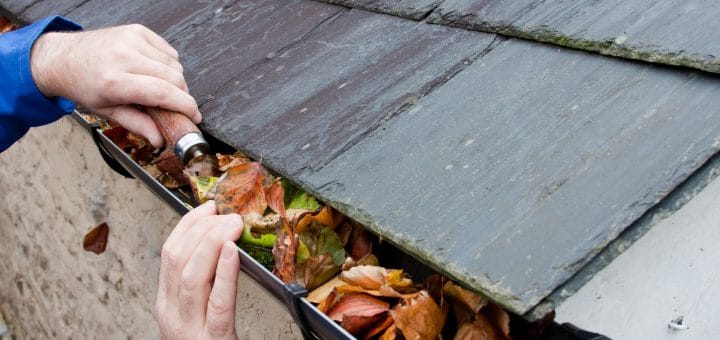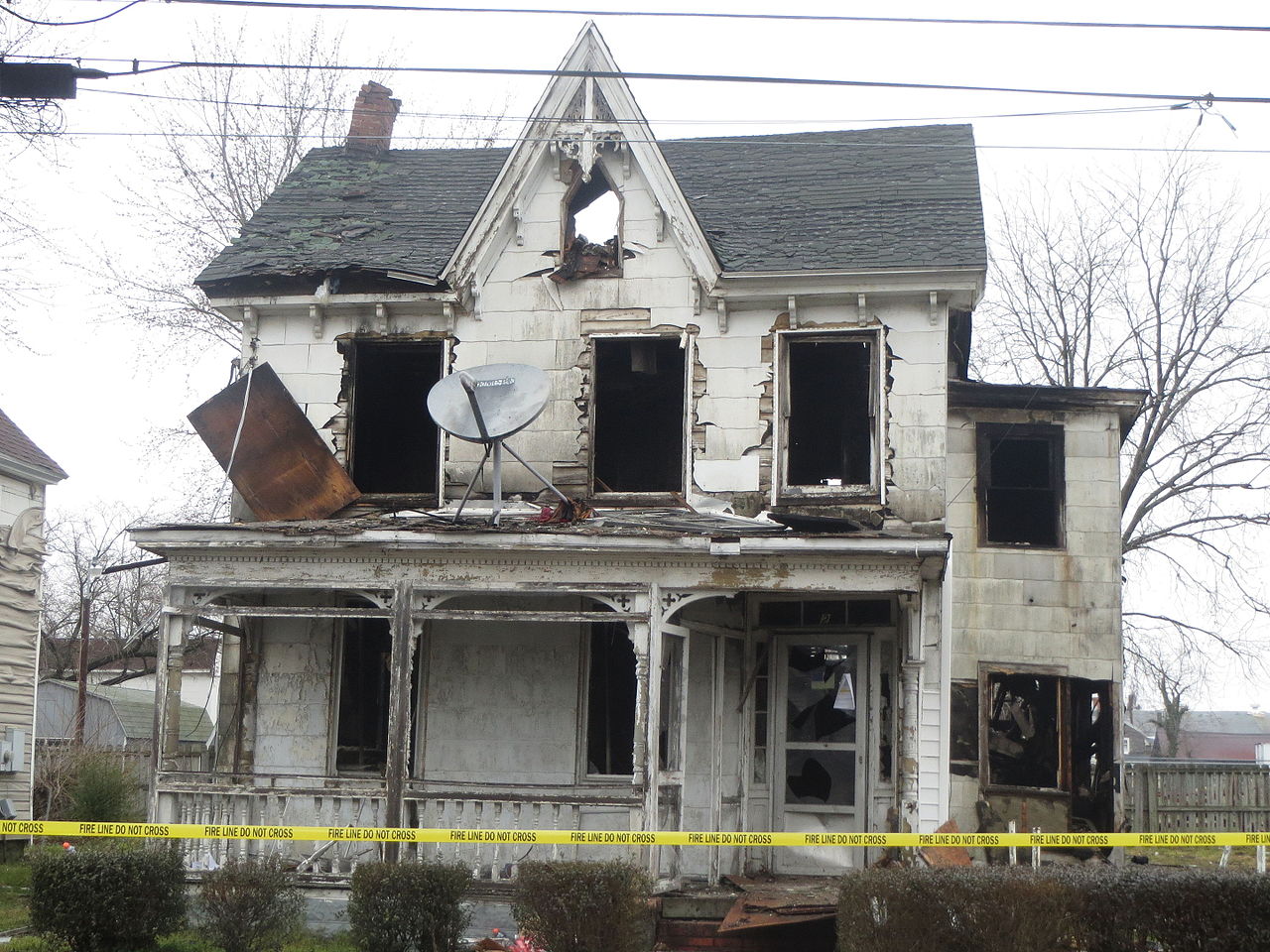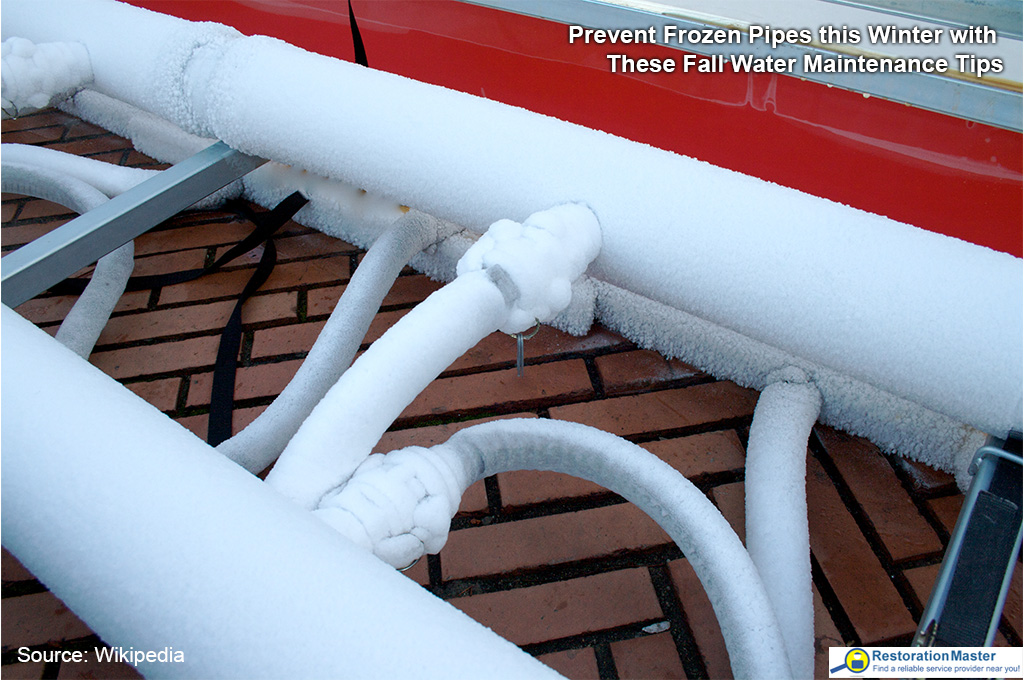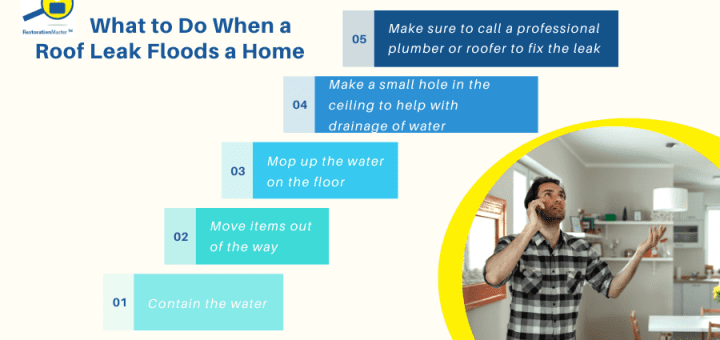Tagged: water damage restoration
Water and flood damage are serious issues that should never be taken lightly. This problem is extremely time- and money-sensitive because the damage can spread the longer it is left untreated. To save both...
Ceiling tiles are used to cover the HVAC system and wiring that homeowners do not want in plain sight. However, when ceiling tiles get damaged or have water staining on them, they may have...
Discovering signs of water damage can be a nightmare for homeowners. What’s visible might only be the tip of the iceberg, concealing a far more extensive issue beneath the surface. Fortunately, newer water damage...
The beginning of the fall season is a welcome transition for many who are ready for the more moderate temperatures and changing colors. For others, the fall weather is a reminder of what is...
Fires create corrosive byproducts when they burn synthetic materials and these byproducts, along with soot and smoke, cause considerable damage to surfaces and furnishings. Fire restoration is the process in which damage caused by fire, smoke, & corrosive byproducts is repaired and restored following these steps.
Deserts are known for being harsh environments for people, plants, and animals because of the lack of precipitation and extreme heat. Despite this, there are millions of people who live in the deserts of...
Many households have beautiful large fish tanks on display to show off their collections of different types of fish. Whether you’ve had the fish tank for only a short amount of time or many...
Water damage can occur in your home all year round, including in the middle of winter. One of the biggest sources of water damage and indoor flooding in the winter is burst pipes. Pipes...
Light bulbs and light fixtures are exposed to a variety of conditions both inside and outside of the house–rain, steam, cold, etc. For this reason, it is highly likely that every homeowner will encounter...
A roof leak can be caused by many things. Usually, leaks form due to old, corroded pipes that end up with holes in them. Pipes can also loosen at their connection and cause a...

